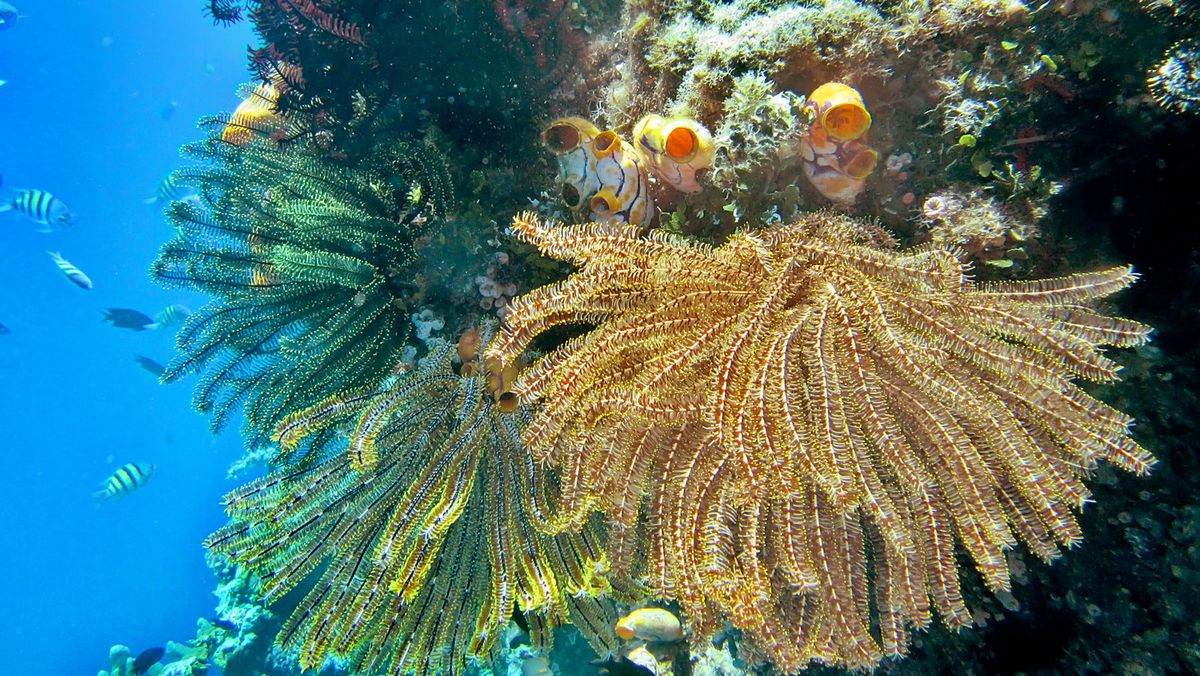Cutting through the water on a triple-hull sailboat pulled by a giant kite, members of the SP80 team are challenging the world sailing speed record off the coast of Southern France, one gust of wind at a time.
SP80's three-hull (trimaran) design prioritizes stability and reduced drag.
SP80"There is nothing to earn at the end, except that you are proud to achieve it," says co-founder Benoit Gaudiot, who is also one of the boat's pilots.
The record the SP80 team is aiming at is 65.45 knots (more than 75mph), set by Paul Larsen in 2012 aboard the Vestas Sailrocket 2 in the waters off Namibia.
Current world record holder Paul Larsen and the Vestas Sailrocket 2.
GettyThe SP80 team has taken some inspiration from the Sailrocket's design, particularly the superventilating foil that allows sailboats to overcome "something really similar to the sound barrier for airplanes," Gaudiot says.
The "cavitation barrier" prevents boats from accelerating beyond 55 knots (63.3mph) due to a buildup of air bubbles on the foil, part of the boat that sticks down into the water for stability. The foil is also the point of maximum drag on the boat, and therefore required a lot of precise engineering to create a foil that "theoretically has no speed limit as long as we keep the boat stable and have power to push it further," says Gaudiot.
The boat's superventilating hydrofoil sticks down into the water, adding stability and helping overcome the "cavitation barrier."
SP80Two pilots operate the boat, with one focused on steering and one focused on controlling the kite that propels the boat. The boat is made to travel in a straight line, like drag-racing, rather than zig-zagging upwind and sailing downwind like the boats in SailGP.
The rules for breaking the world sailing speed record require reaching the highest average speed of more than 500 meters, at least one person onboard, and using only the wind as a source of energy.
SP80 has so far reached a top speed of 58 knots (about 67 mph).
SP80SP80 eventually hopes to break 80 knots with its kite-powered boat design. Beyond that, SP80 admits the boat itself will be of little use to anyone hoping to do anything other than break world records with it. However, there may be useful applications for some of the team's technology in other markets like hydroelectric power, maritime shipping and, naturally, boat racing.
To see the SP80 team and its kite-powered sailboat in action, check out the video in this article.

 11 hours ago
5
11 hours ago
5
















































